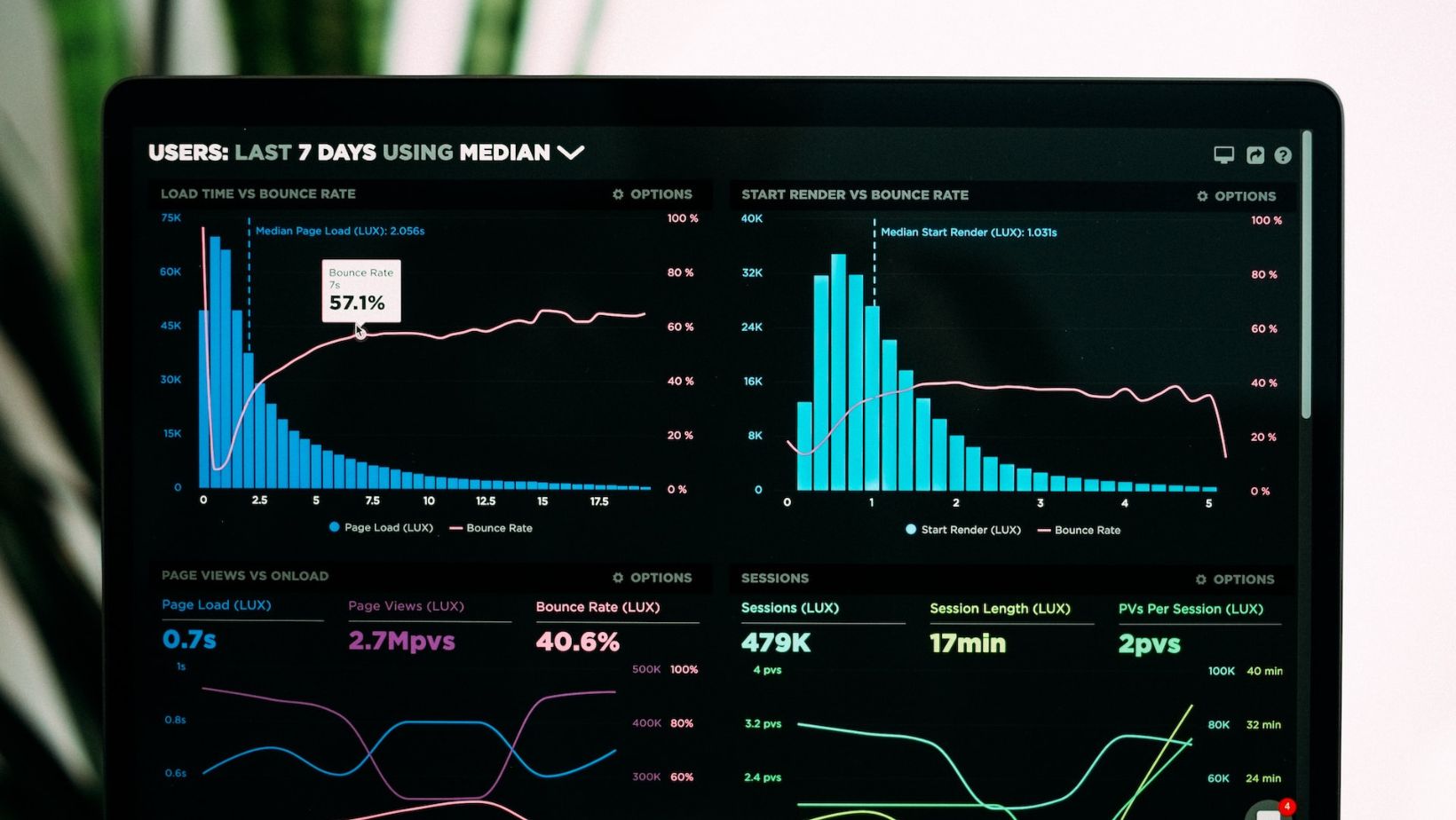
Big Data has evolved from a technology buzzword into a force majeur that is shaping how organizations operate.
With increasing data sets coming from various touchpoints such as social media, customer feedback, and automated systems, businesses today have the opportunity to delve deeper into consumer behavior, operational efficiencies, and innovative strategies.
More importantly, the utility of Big Data is not confined to any particular sector but spans across diverse industries like healthcare, retail, and academia.
This article aims to explore strategies for leveraging Big Data to enhance service quality, thereby aiding businesses in creating an unparalleled user experience.
Healthcare: A Sector Primed for Big Data Application
The healthcare sector generates enormous amounts of data through patient records, diagnostic tests, and clinical trials.
However, the primary challenge lies in harnessing this data effectively to make strategic decisions, optimize processes, and, ultimately, save lives.
Tracking Big Data and Making Strategic Decisions
Traditionally, healthcare data was used to satisfy regulatory requirements rather than assist in decision-making.
Today, the situation is different.
Hospital administrators and healthcare providers can leverage Big Data analytics to make informed choices, such as predicting the rise in particular illnesses during specific seasons, understanding the efficacy of treatment plans, or even optimizing hospital staff allocation.
Sophisticated analytics software tools can parse through millions of data points to provide actionable insights that can significantly improve patient outcomes.
For instance, if the data indicates an increase in respiratory conditions during winter, a hospital can prepare by scheduling more staff and ensuring an adequate supply of relevant medications.
Real-Time Monitoring for Patient Care
Another transformative power of Big Data in healthcare is the capability for real-time monitoring.
Wearable technologies and sensors are collecting more health-related data than ever before. This data can be analyzed in real-time to provide feedback both to healthcare providers and patients.

By monitoring vital statistics and other health indicators, medical professionals can intervene as necessary, often before the patient is aware that there is a problem.
Cost Reduction Through Predictive Analysis
Healthcare is notoriously expensive, but Big Data can play a role in reducing costs. Through predictive analysis, it’s possible to identify at-risk populations and take preventative measures, reducing the need for costly interventions later on.
Moreover, data analytics can help in the efficient allocation of resources, ensuring that expensive equipment and specialized staff are used to their fullest potential.
The Importance of Research Methodologies: Quantitative vs. Qualitative Research in Business Dissertations
Business dissertations often serve as a cornerstone in understanding underlying trends, challenges, and opportunities within the business environment.
Choosing the right research methodology can be the deciding factor in the quality and applicability of the findings.
Quantitative Research: The Power of Numbers
Quantitative research focuses on gathering numerical data to explain a particular phenomenon. It’s particularly useful in scenarios that require statistical analysis to prove or disprove a hypothesis.
For example, a business dissertation might use quantitative methods to explore the correlation between customer satisfaction and repeat purchases, providing hard data that can be analyzed for actionable insights.
Qualitative Research: Understanding the ‘Why’
While quantitative research can provide the numbers, qualitative research delves into understanding the reasoning behind those numbers.
Through interviews, surveys, and observations, qualitative research provides context to quantitative data.
For instance, while the quantitative data might show a decrease in sales, qualitative research could reveal that customers are unhappy with a new product feature, thus providing a roadmap for improvements.
Combining Both for a Holistic View
The most impactful business dissertations often combine both quantitative and qualitative research methods to provide a well-rounded view of the subject matter.
By integrating numerical data with human insights, businesses can craft more effective strategies that consider both the statistical and human elements of a situation.
Realizing a Data-Driven Customer Experience
In today’s competitive landscape, customer experience has become the new battlefield for businesses.
Through Big Data, companies have the opportunity to turn every interaction into a personalized experience, thereby improving service quality.
Personalization at Scale
Gone are the days when personalization meant greeting a customer by their first name. With Big Data, businesses can track user behavior across various channels to offer personalized services or products dynamically.
This personalization extends from product recommendations to customized marketing messages.
Feedback Loop for Continuous Improvement
Big Data not only helps in understanding customer preferences but also in identifying areas of improvement.

By constantly analyzing data on customer interactions, companies can spot trends, preferences, or issues that may require attention.
The process is ongoing, creating a feedback loop that drives continuous improvement in service quality.
Dynamic Pricing and Inventory Management
Big Data analytics can also assist in pricing strategies and inventory management, both of which have a direct impact on customer experience.
Dynamic pricing algorithms analyze market demand, competitor prices, and other external factors in real-time to automatically adjust pricing to maximize profits or market share.
Similarly, inventory levels can be optimized to ensure that popular products are always in stock, thereby improving service quality.
Final Regards
In conclusion, Big Data offers businesses a unique opportunity to improve service quality across various sectors, including healthcare, academia, and customer experience.
Through effective data analytics and a balanced approach to research methodologies, organizations can unlock actionable insights that drive improvement and innovation.














